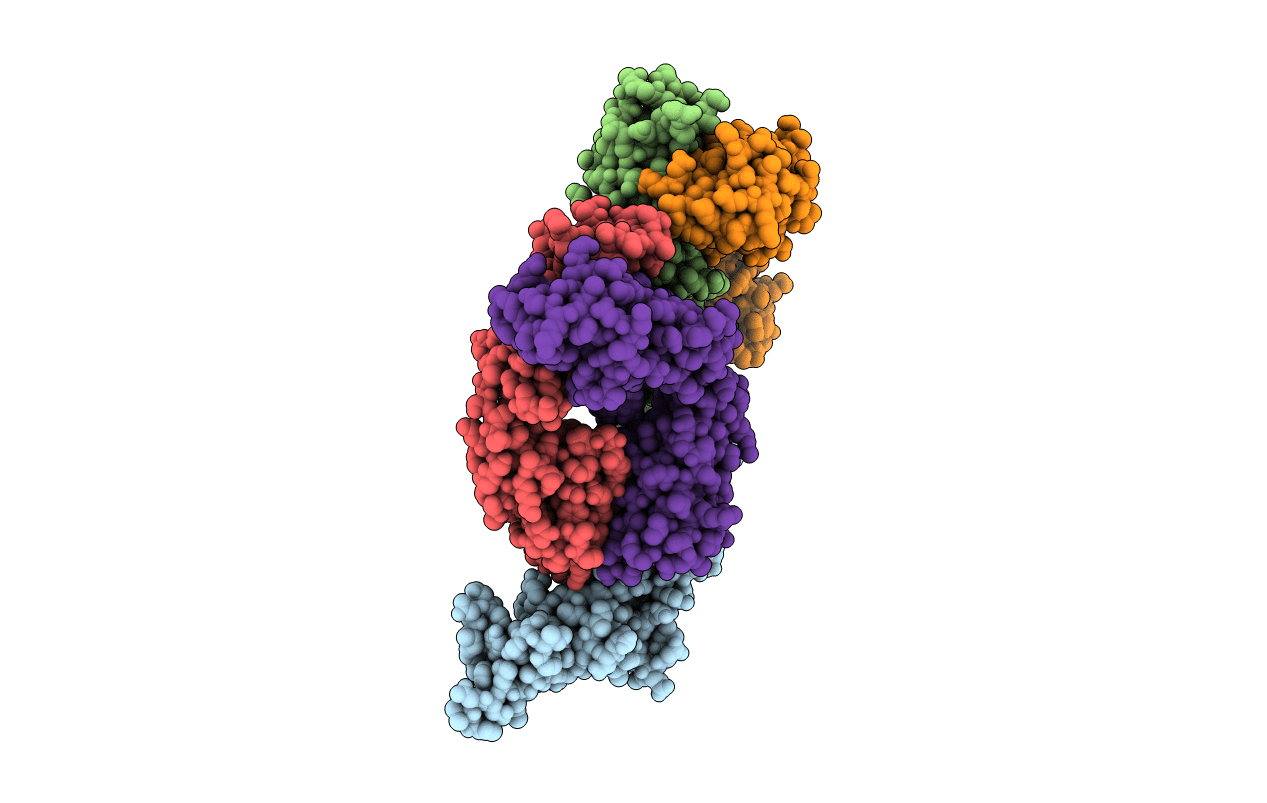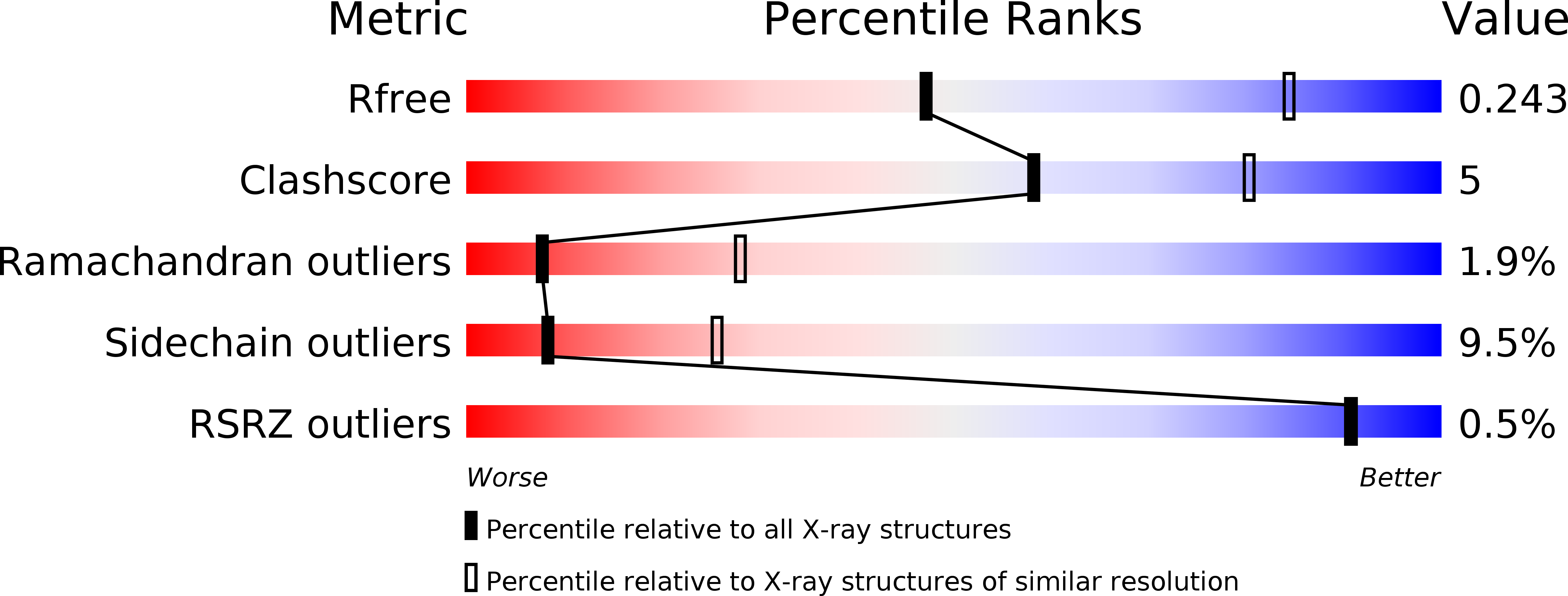
Deposition Date
2013-11-20
Release Date
2014-05-21
Last Version Date
2024-11-27
Entry Detail
PDB ID:
4NP4
Keywords:
Title:
Clostridium difficile toxin B CROP domain in complex with FAB domains of neutralizing antibody bezlotoxumab
Biological Source:
Source Organism:
Clostridium difficile (Taxon ID: 1496)
Homo sapiens (Taxon ID: 9606)
Homo sapiens (Taxon ID: 9606)
Method Details:
Experimental Method:
Resolution:
2.89 Å
R-Value Free:
0.23
R-Value Work:
0.19
R-Value Observed:
0.19
Space Group:
P 1 21 1


